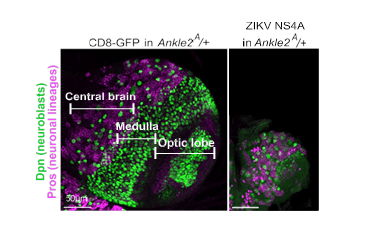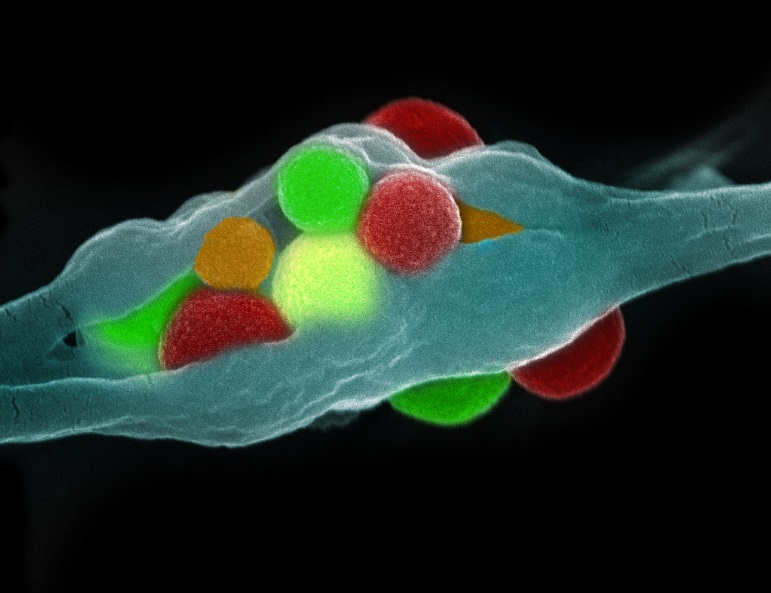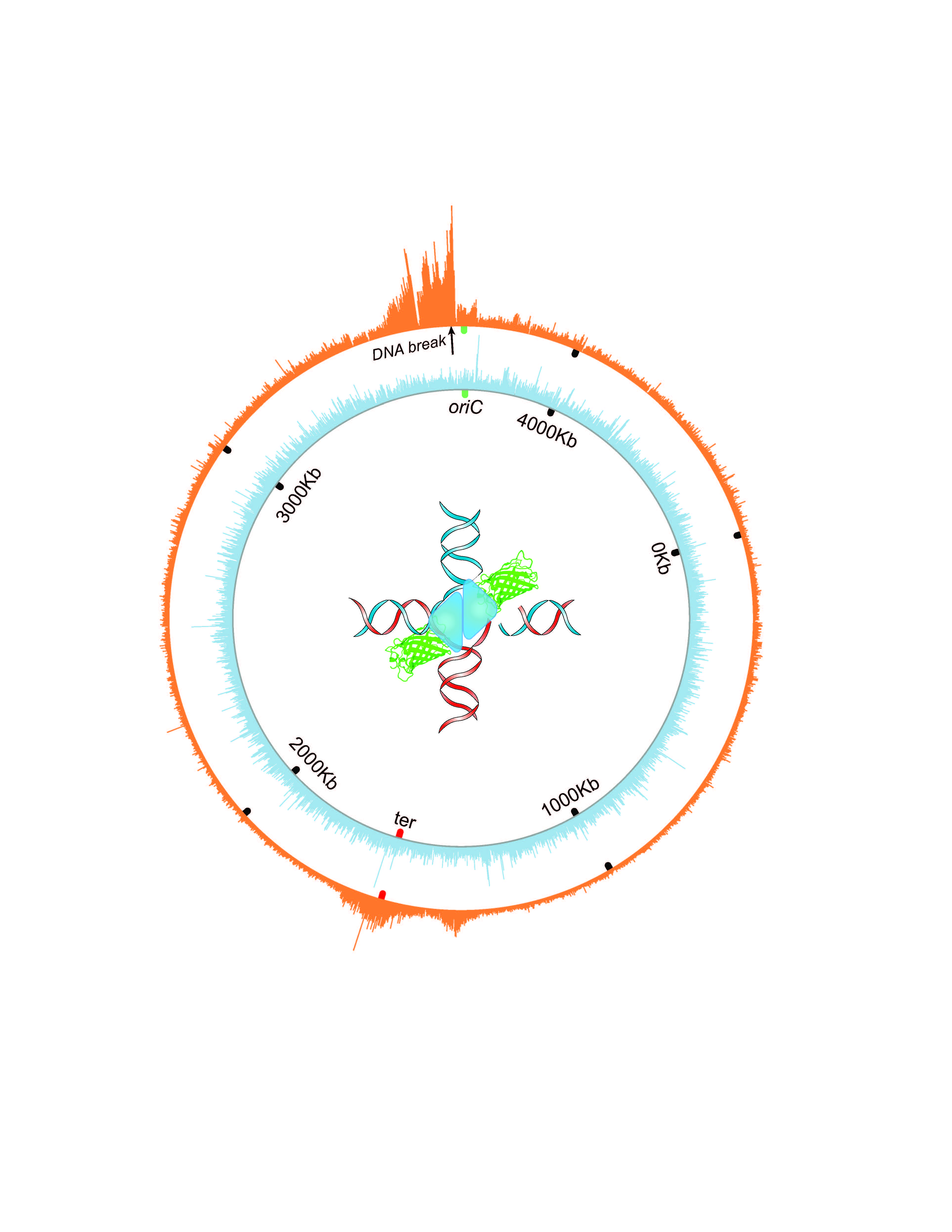Unraveling how PTEN deficiency can lead to autism
Autism is a developmental disorder that affects 1 in 59 children in the U.S. Mutations in specific genes, such as PTEN, can explain many autism cases, but there are currently no effective treatment options for those affected by this condition. At Baylor College of Medicine, Dr. Mauro Costa-Mattioli and his colleagues are investigating how learning and memory disorders, such as autism, affect the brain during development. In particular, they are interested in identifying the molecular pathways that are primarily altered in these disorders and finding ways to restore them.

“Children with mutations in PTEN, which stands for phosphatase and tensin homolog, present with autism, macrocephaly (an abnormally large skull), intellectual disability and epilepsy,” said Costa-Mattioli, professor of neuroscience and Cullen Foundation Endowed Chair at Baylor. “PTEN is associated with the mammalian target of rapamycin (mTOR) signaling pathway, which includes two distinct molecular complexes — mTORC1 and mTORC2 — each one regulating different cellular functions.”

“Based largely on experiments with the drug rapamycin, it was widely believed that dysregulation of mTORC1 was responsible for the condition,” said Dr. Chien-Ju Chen, who was a graduate student in the Costa-Mattioli lab during this project. “However, we suspected that this was not the entire story because mTORC2 activity was also dysregulated in individuals with mutations in PTEN.”
Mouse model reveals unexpected results
The researchers worked with a model of this condition in which mice were genetically engineered to lack PTEN specifically in neurons, the nerve cells of the brain. PTEN-deficient mice present with macrocephaly, seizures, shorter lifespan, alterations in social behaviors as well as memory problems similar to those observed in patients with autism spectrum disorders.
The investigators used molecular genetics techniques to independently suppress mTORC1 and mTORC2 and determined how individual silencing of these complexes affected the neurological alterations.
The results were quite surprising because they went against the traditional view of the field,” said Costa-Mattioli, who also is director of the Memory and Brain Research Center at Baylor College of Medicine.
The researchers found that genetically silencing the mTORC1 complex in PTEN-deficiency mice only resulted in restoration of the size of the brain. It did not affect survival, the behavioral alterations or even the number seizures. Unexpectedly, genetically silencing mTORC2 complex activity resulted in prolonged lifespan, suppressed seizures, restoration of long-term memory and reduced autism spectrum disorder-like behaviors in the mice.
A promising strategy reverses symptoms in mice

Currently, there is no drug that could specifically inhibit mTORC2. So, thinking of possible future clinical applications of these findings, the researchers developed an antisense oligonucleotide, a molecule that silenced the activity of mTORC2 by preventing the synthesis of one of its defining components.
“Amazingly, when we administered a single injection of the antisense oligonucleotide, we were able to reverse the abnormal behaviors and reduce seizures in PTEN-deficient mice,” Chen said.
These findings are important because research efforts have mainly been focused on developing drugs to modulate mTORC1.
The current findings show that, mTORC2, not mTORC1, is the major driver of the behavioral and other neurological alterations in PTEN-deficient mice, suggesting that modulation of mTORC2 activity is a promising therapeutic approach.
“For other conditions, like spinal muscular atrophy, anti-sense oligonucleotides have successfully been translated into the clinic. This opens the possibility that either this or drug-based therapeutic modulation of mTORC2 activity also could be developed into a promising strategy to treat neurological disorders in which mTORC2 activity is dysregulated,” Costa-Mattioli said.
Finally, mTOR signaling also is altered in other neurological disorders, including epilepsy, tuberous sclerosis, Fragile X syndrome and Alzheimer disease. Future experiments should determine whether mTORC2 also is the main mTOR complex implicated in these disorders.
Find the study in the journal Nature Medicine.
Other contributors to this work include Chien-Ju Chen, Martina Sgritta, Jacqunae Mays, Hongyi Zhou, Rocco Lucero, Jin Park, I-Ching Wang, Jun Hyoung Park, Benny Abraham Kaipparettu, Loredana Stoica, Paymaan Jafar-Nejad, Frank Rigo, Jeannie Chin and Jeffrey L. Noebels.
Financial support was provided by the following grants: NIMH 096816, Department of Defense AR120254, Sammons Enterprises, NINDS NS29709 and NS085171.



